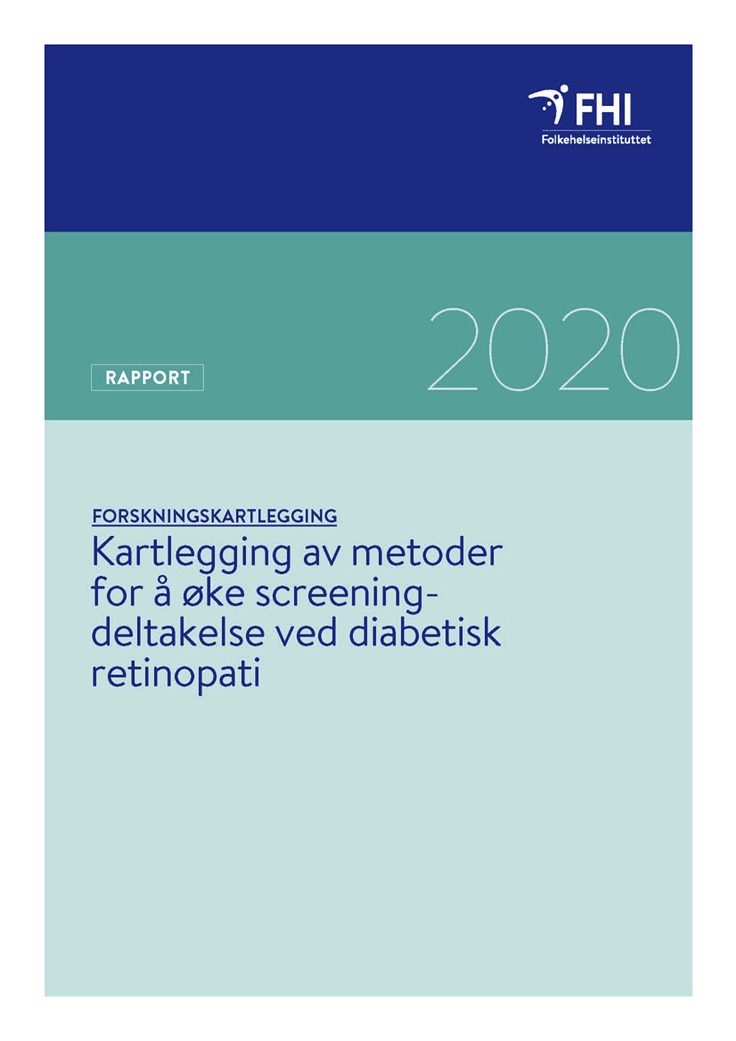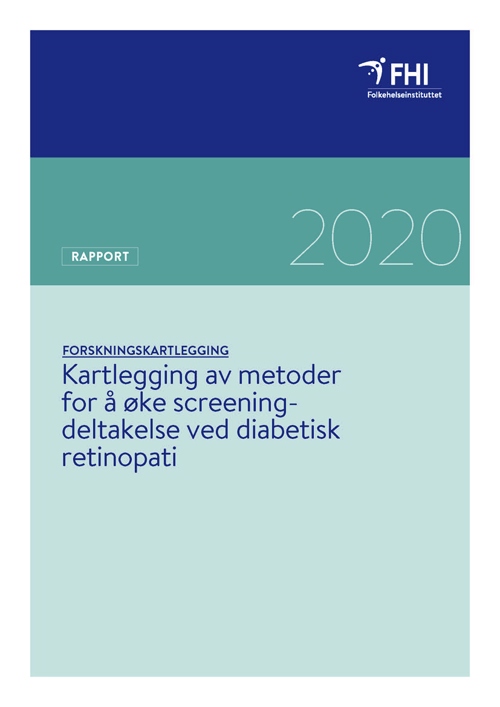Mapping of methods to increase participation in diabetic retinopathy screening
Mapping review
|Published
We have mapped methods to increase screening participation in diabetic retinopathy.
Key message
Diabetic retinopathy is a microvascular complication of diabetes mellitus, caused by persistent high blood sugar levels that damage blood vessels and nerves in the retina. Without treatment, diabetic retinopathy could ultimately lead to blindness. Even though regular screening has been shown to reduce the incidence of vision loss as a result of diabetic retinopathy, too few people with diabetes are routinely being screened.
- Participation in screening for diabetic retinopathy can be increased through different interventions, including reminders and strategies using telemedicine screening without mydriatic dilatation.
- Factors that can affect screening participation include availability, knowledge, age, symptoms, and education. Actions that address these factors can thus help to increase screening participation.
- There are more recent clinical studies that investigate the effect of different methods with regards to screening participation, including reminders, telemedicine methods, and incentives.
- We have found few ongoing, clinical studies and systematic reviews that investigate this outcome.

